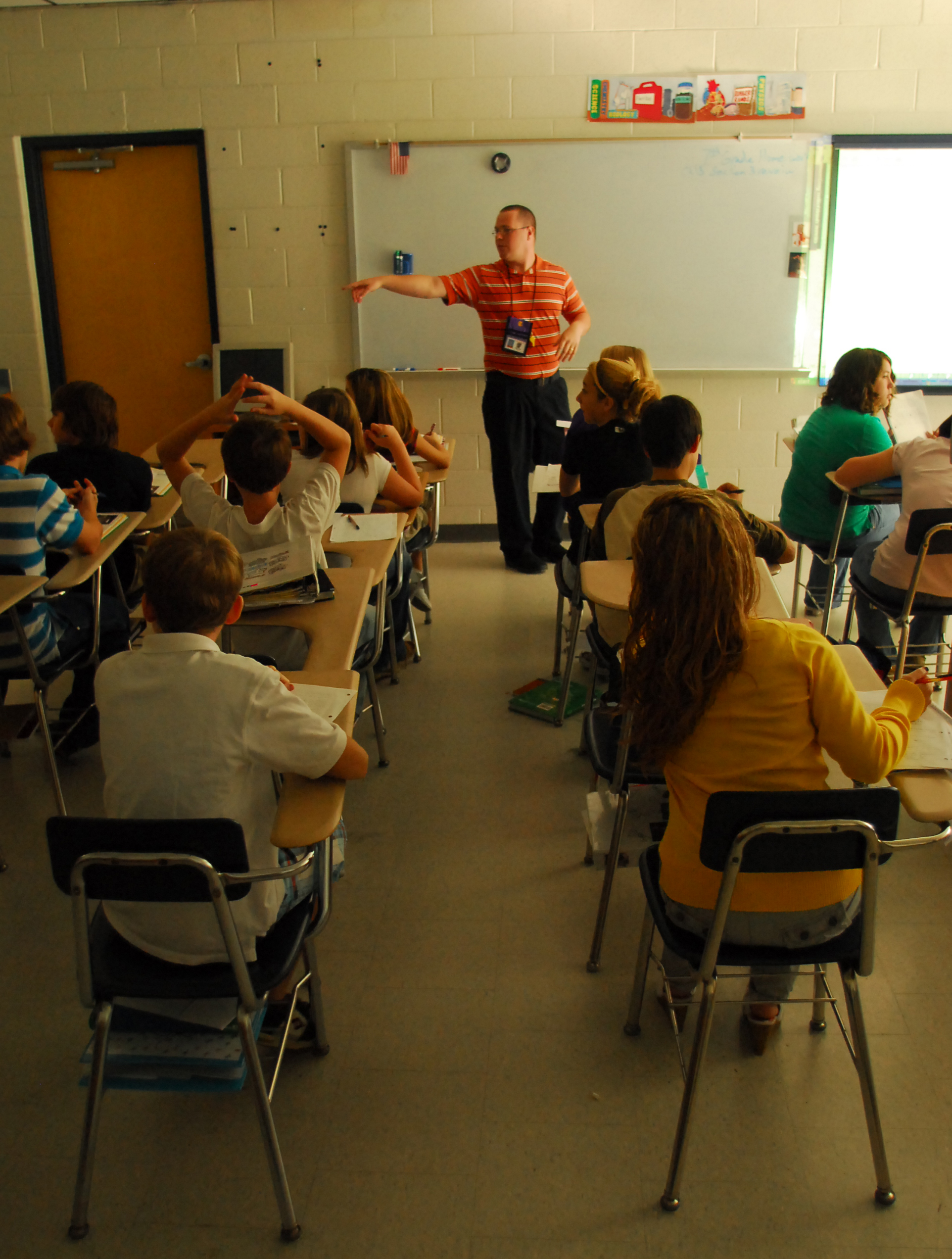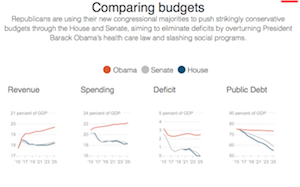SEQUATCHIE ENROLLMENTEnrollment in Sequatchie County's three-school system continued an upward trend for almost a decade until appearing to slow or even decline in recent years.School year System enrollment2002-03: 1,9232003-04: 1,9252004-05: 2,0162005-06: 2,1292006-07: 2,1902007-08: 2,2162008-09: 2,2502009-10: 2,2762010-11: 2,2742011-12: 2,261 (Head count 20th day)2012-13: 2,264 (Head count 20th day)2002-12 increase: 341Source: Sequatchie County Schools
DUNLAP, Tenn. - The county that once boasted Southeast Tennessee's greatest population growth is experiencing a plateau in school enrollment that has educators rethinking long-standing plans to build a new school.
"Two years ago we stayed almost exactly the same, then last year we dropped slightly," Assistant Director of Schools Pete Swafford said of recent years' head counts.
A small enrollment rebound from last year's 2,261 to 2,264 this year doesn't appear to be a sign of growth, just fluctuation, Swafford said.
"That would be a three-year trend of basically no growth, where you can see in the 10 years before that the average was 2.6 [percent] a year," he said.
School officials have lost their school-building appetite for the time being, he said, noting the plateau in enrollment was no surprise.
A growth analysis Swafford did during the 2008-09 school year assumed an average annual kindergarten enrollment of 185 that projected 2012-13 enrollment at 2,286, 22 students off this year's actual numbers.
"Next year, I anticipate we'll be lower because the [kindergarten] enrollment date in the state of Tennessee changes from Sept. 30 to Aug. 31 next year," he said. The "enrollment date" is the deadline for enrolling kindergarten students to turn 5 years old, he said, and the date shift likely will drop kindergarten enrollment by about 8 percent next year, followed by another dip the year after.
Enrollment grew by about 350 students between 2002 and 2010.
That growth was linked mostly to Sequatchie County's population surge with the construction in the early-to-mid-2000s of the four-lane state Highway 111 across Walden's Ridge, which for the first time connected the remote, rural valley county directly to metro Chattanooga.
U.S. Census figures show that between the turn of the millennium and 2010 the county grew by 24 percent, from 11,370 to 14,112. Sequatchie had a population of 8,863 in 1990.
Despite local concerns that growth has slowed or stopped, experts still project the county's population will continue to grow, even outpacing the rest of the region by 2020, according to figures released in 2011 by ProximityOne Information Resources & Solutions.
Those projections predict about 16,500 people will call Sequatchie home by the end of the decade.
But school officials aren't ready to commit to building for such a surge, Director of Schools Johnny Cordell said.
"The reason we're flat is the economy," Cordell said. "We had families that had to leave to find work. We lost two industries and three car dealerships and also some small mom-and-pop stores and little specialty shops downtown."
The county has already invested around $1.62 million in property acquisition and site work for the new school, he said.
The site now is leveled and graveled with a drainage system installed in the ground amid some sprouting weeds. Cordell said the work already done will hold for a while without falling to erosion.
"What we're doing now, since we're not building the school, we're paying off our debt," he said. School officials and board members intend to pay off all system debt by February 2014, he said.
Meanwhile, the growth threshold to trigger a new school probably will be a 1 percent increase in enrollment for two consecutive years, he said, something he believes won't happen for at least a few years.

